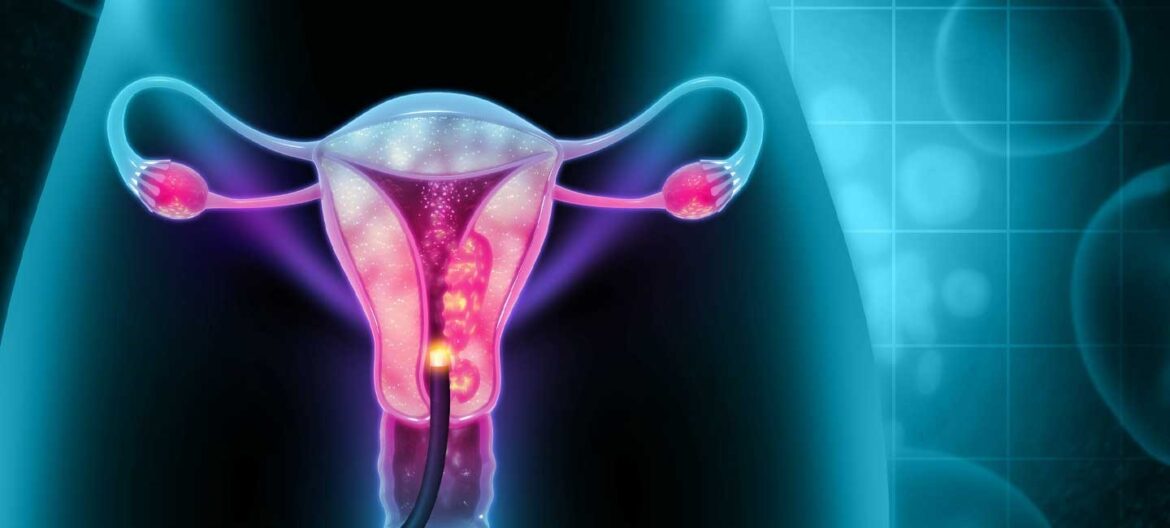According to new studies, the prevalence of cervical cancer among women in their early 30s has lately climbed considerably.
The findings were reported in the American Medical Association Journal. Cervical cancer is mostly caused by the human papillomavirus (HPV), and screening has made it avoidable. Despite this, it is expected that over 14,000 new instances of cervical cancer will be detected this year, with over 4,000 deaths being attributable to the disease.
“HPV is a group of over 200 viruses. At least 14 high-risk HPV types can cause several types of cancers, including cervical, anal and head and neck cancers. In the era of the overall decline in cancer incidence, cancers caused by HPV are unfortunately rising,” said Ashish Deshmukh, an associate professor in the Department of Public Health Sciences at MUSC.
Deshmukh, who joined Hollings in August as co-leader of the Cancer Control programme, focuses on cancer epidemiology and aetiology research, providing evidence for cancer prevention, and collaborating with stakeholders and policymakers to build public policy and educate practise.
“In the era of the overall decline in cancer incidence, cancers caused by HPV are unfortunately rising,” said Deshmukh, Ph.D. co-leader, Hollings Cancer Control.
Deshmukh, an expert in HPV-related cancers, has been tracking the cervical cancer incidence rate in the United States for several years. Previously, he discovered that evidence-based screening guidelines played a role in the reduction of cervical cancer since the 1970s. However, since 2012, the national rates of cervical cancer incidence have remained stable.
“For the last two years, we have been trying to understand why the continuous decline in cervical cancer stopped in 2012 and why we have reached a critical turning point,” said Deshmukh.
Deshmukh and colleagues, including Hollings researcher Kalyani Sonawane, Ph.D., began dissecting cervical cancer incidence by age using the National Program of Cancer Registries (NPCR) and the Surveillance Epidemiology and End Results (SEER) datasets from 2001 to 2019.
“This dataset includes cancer incidence data from all 50 states and covers over 98% of the U.S. population. Using five-year age cutoffs, we found that in women age 30 to 34, the declining rate of cervical cancer incidence reversed for the first time,” said Deshmukh.
Cervical cancer incidence among women in their early 30s increased by 3% every year beginning in 2012. “What’s very surprising is that the rates increased in non-Hispanic White women, Hispanic women and other ethnic groups but not in non-Hispanic Black women,” said Deshmukh.
The researchers discovered a rise in both localised and regional illness, as well as an increase in the incidence of both squamous cell cervical carcinoma and cervical adenocarcinoma. According to Deshmukh, because squamous cell carcinoma is mostly diagnosed by screening, the public health policy relevance of this discovery is that screening rates must be increased. Cervical cancer screening rates have lately dropped considerably in the United States, particularly among young women aged 21 to 29.
“It is critically important to determine if the increase in cervical cancer incidence in young women is due to the decrease in screening rates in women age 21 to 29 years or whether it is due to the introduction of more effective HPV testing in recent years. However, we do know that we need future research to understand this problem thoroughly,” said Deshmukh.
Deshmukh believes that the United States urgently needs nationwide campaigns and new approaches to enhance cervical cancer screening uptake and adherence among women. He intends to continue researching the causes of the current increase in cervical cancer incidence.
This type of study, which is part of Hollings’ Cancer Control Program, seeks to influence cancer epidemiology and public health policy, as well as promote awareness. As a general rule, women aged 21 to 29 should have a Pap smear every three years, and women aged 30 to 65 should either have a Pap smear every three years or switch to HPV testing or co-testing, which involves both a Pap smear and an HPV test every five years.
If a patient’s prior tests were abnormal, doctors may prescribe regular screening after the age of 65. Promoting HPV vaccines, in addition to standard screening, is an important method for reducing cervical cancer fatalities.
“Hollings Cancer Center does wonderful work of bringing lifesaving screenings and vaccinations to people across South Carolina. I expect that the HPV vaccination van and mobile health unit that target rural communities to increase vaccination and screening rates in underserved areas will make a difference in South Carolina’s HPV-related cancer burden in the coming decades,” said Deshmukh.





